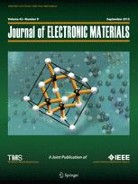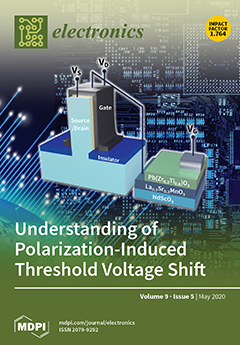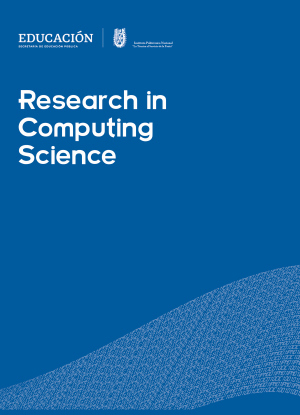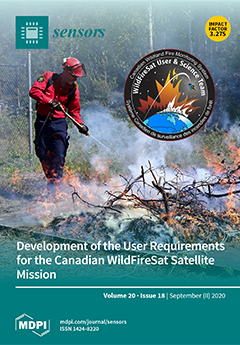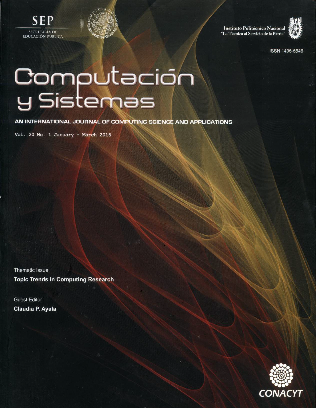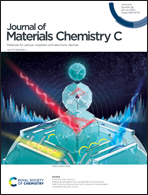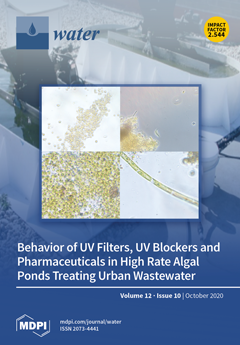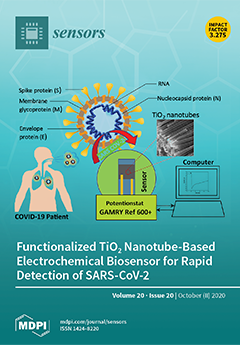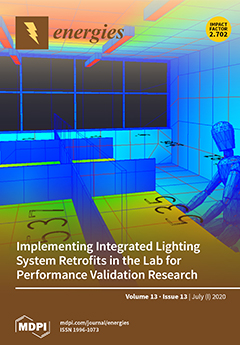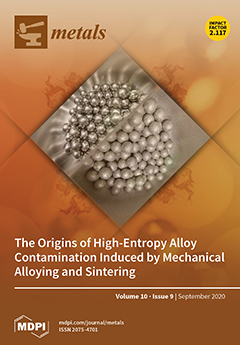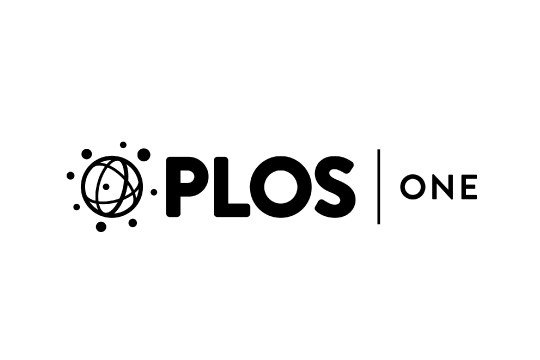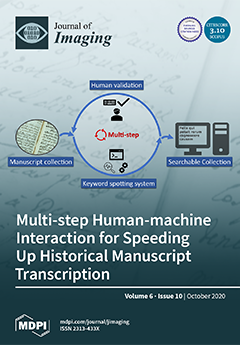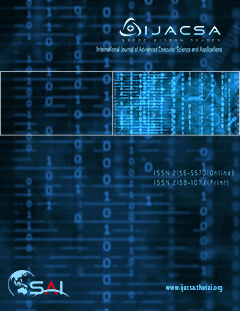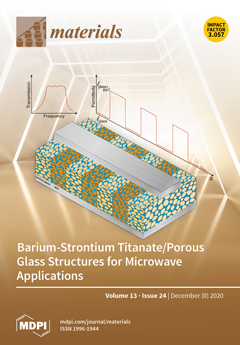
Revisiting the flaws and pitfalls using simulation in the analysis of aviation capacity problems
Case Studies on Transport Policy
https://doi.org/10.1016/j.cstp.2018.03.004
Miguel Mujica Mota1 , Idalia Flores De La Mota2
1 Amsterdam University of Applied Sciences, Aviation Academy
2 Universidad Nacional Autónoma de México, Facultad de Ingeniería
Keywords: Lelystad, Performance, Improvement, Optimization, Cleaning, Low cost, Carriers
Abstract: The aviation industry is a changing industry in which several factors influence the performance of the airport and the network of airports that are interconnected. Business models, technical operations in airspace and in the airfield, societal conditions among others are some of the ones that must be taken into account in order to get a full understanding of the cause-effect relationships that hinder the proper management of the system. In recent times with the evolution of the computer technology and the level of maturity of the algorithms used to simulate and analyse dynamic systems, simulation has gained more importance than before. Simulation approaches emerge as the ones that are able to take into account the stochastic nature of dynamic systems besides all the different factors that impact the systems under study. This is something that traditional analytical approaches could not evaluate and therefore under the constant change of the systems they lack of the proper flexibility to provide timely solutions. However with the popularity that simulation has gained, the different steps and good practices that must be taken into account are commonly forgotten when the simulation model is developed and then the system is analysed; in the particular case of the aviation industry this situation has gained particular importance. The current paper addresses some of the common flaws and pitfalls incurred when simulation is used for analysis of aeronautical systems. Pitfalls’ classification and suggestions for avoiding them are presented. Some flaws are exemplified through cases in which the conclusion from the analysis might differ depending on the angle of the analysis performed with the implications of different economic consequences for the decision makers. The main objective of this paper is that it serves as an eye-opener for a relatively novel researcher or practitioners in the art of simulation. It will serve for avoiding these common flaws when using simulation for addressing aviation problems.
Case Studies on Transport Policy
https://doi.org/10.1016/j.cstp.2018.03.004
Miguel Mujica Mota1 , Idalia Flores De La Mota2
1 Amsterdam University of Applied Sciences, Aviation Academy
2 Universidad Nacional Autónoma de México, Facultad de Ingeniería
Keywords: Lelystad, Performance, Improvement, Optimization, Cleaning, Low cost, Carriers
Abstract: The aviation industry is a changing industry in which several factors influence the performance of the airport and the network of airports that are interconnected. Business models, technical operations in airspace and in the airfield, societal conditions among others are some of the ones that must be taken into account in order to get a full understanding of the cause-effect relationships that hinder the proper management of the system. In recent times with the evolution of the computer technology and the level of maturity of the algorithms used to simulate and analyse dynamic systems, simulation has gained more importance than before. Simulation approaches emerge as the ones that are able to take into account the stochastic nature of dynamic systems besides all the different factors that impact the systems under study. This is something that traditional analytical approaches could not evaluate and therefore under the constant change of the systems they lack of the proper flexibility to provide timely solutions. However with the popularity that simulation has gained, the different steps and good practices that must be taken into account are commonly forgotten when the simulation model is developed and then the system is analysed; in the particular case of the aviation industry this situation has gained particular importance. The current paper addresses some of the common flaws and pitfalls incurred when simulation is used for analysis of aeronautical systems. Pitfalls’ classification and suggestions for avoiding them are presented. Some flaws are exemplified through cases in which the conclusion from the analysis might differ depending on the angle of the analysis performed with the implications of different economic consequences for the decision makers. The main objective of this paper is that it serves as an eye-opener for a relatively novel researcher or practitioners in the art of simulation. It will serve for avoiding these common flaws when using simulation for addressing aviation problems.





























